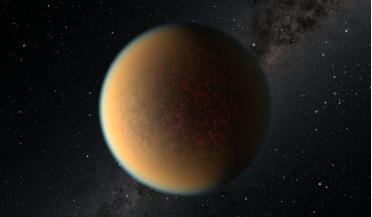 12 March 2021
Scientists find a rocky exoplanet rebuilding its atmosphere
12 March 2021
Scientists find a rocky exoplanet rebuilding its atmosphere
... b was, a team headed by Mark Swain of the Jet Propulsion Laboratory, decided to point the NASA/ESA Hubble Space Telescope at the exoplanet instead. To the team’s surprise, observations with Hubble picked up spectral signs of hydrogen cyanide (HCN...
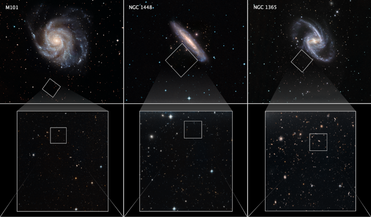 17 July 2019
New measurement deepens mystery of Universe’s expansion rate
17 July 2019
New measurement deepens mystery of Universe’s expansion rate
...model for the underlying physics of the Universe in order to explain it. These galaxies are selected from a Hubble Space Telescope program to measure the expansion rate of the universe, called the Hubble constant. The value is calculated by comparing...
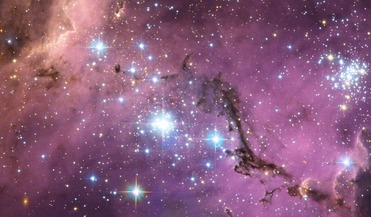 26 April 2019
As mystery of the Universe’s expansion rate widens, a simple solution is offered
26 April 2019
As mystery of the Universe’s expansion rate widens, a simple solution is offered
... utilises a different method to calculate the Hubble Constant. Instead of observing one Cepheid at a time with NASA’s Hubble Space Telescope as it makes its 90-minute orbit around Earth, a team of scientists including Nobel laureate Adam Riess of the...
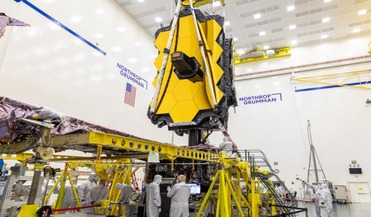 29 December 2021
Success so far means JWST has enough fuel to extend its science lifetime, NASA say
29 December 2021
Success so far means JWST has enough fuel to extend its science lifetime, NASA say
... need less propellant than originally planned for to put it into its final orbit. Unlike the Hubble Space Telescope, JWST will not orbit around the Earth, but instead will orbit the Sun 1.5 million kilometers...
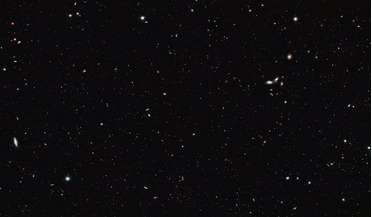 14 October 2016
Observable Universe is populated with 10 times as many galaxies as previously thought
14 October 2016
Observable Universe is populated with 10 times as many galaxies as previously thought
...astronomers using data from the NASA/ESA Hubble Space Telescopes and other telescopes have shown that this figure is at least... limitations cannot be observed by the current generation of telescopes in use today. The results were startling and the...
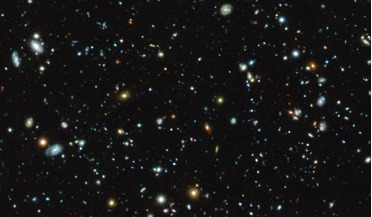 29 November 2017
Deepest spectroscopic survey completed of the Hubble Ultra Deep Field
29 November 2017
Deepest spectroscopic survey completed of the Hubble Ultra Deep Field
... 13 years ago) pioneering deep-field observations taken with the NASA/ESA Hubble Space Telescope. And since then, 13 instruments on eight telescopes have observed the field covering nearly the complete electromagnetic spectrum from X-ray to radio...